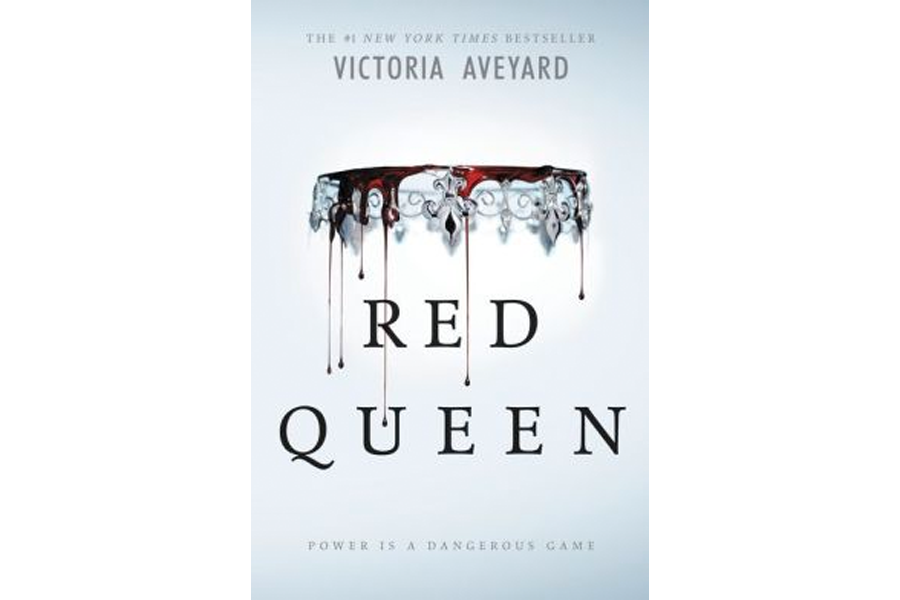'Red Queen' sells well – but is it different enough from other YA dystopian fare?
Loading...
The young adult dystopian novel “Red Queen” by Victoria Aveyard is selling well. But can it separate itself enough from young adult dystopian series of the past?
“Red Queen,” which was published on Feb. 10, centers on teenager Mare Barrow, who lives in a society where people with red blood are lower-class and those with silver are nobility and have otherworldly abilities. However, Mare, who has red blood, soon discovers she has special powers, too. She soon becomes involved in the world of those with silver blood.
The novel debuted at number 14 on the Children’s Interest IndieBound list the week of Feb. 15 and it reached number one on The New York Times young adult bestseller list for the week of March 1. According to Publishers Weekly, “Red Queen” is the first in a trilogy and Universal has optioned it for film.
Is the book a satisfying read as well? Many critics seemed to agree that the book has a lot of similar characteristics to past successful dystopian and young adult series – some felt “Red Queen” rose above the pack, while others found it too much the same.
Kirkus Reviews staff wrote that “familiar tropes abound. Mare is revealed as a great catalyst for change among classes and is groomed from rags to riches, and of course, seemingly kind characters turn out to be foes. However, Aveyard weaves a compelling new world, and Mare and the two men in her life evolve intriguingly as class tension rises. Revolution supersedes romance, setting the stage for action-packed surprises. An inventive, character-driven twist breathes new life into tired fantasy trends.”
School Library Journal’s Kimberly Castle-Alberts of Ohio’s Hudson Library & Historical Society also felt that “Red Queen” was refreshing, writing, “The story has touches of the usual dystopian suspects. However, its formulaic elements are far outweighed by the breakneck pace and engaging characters. There's a bit of teen romance, but luckily the characters are self-aware enough to realize its frivolity among the story's more important plot points. A solid debut from Aveyard and a welcome addition to the plethora of speculative teen lit.”
However, Publishers Weekly didn’t think the book distinguished itself enough from past young adult successes, though the publication did have hope for future novels.
“There’s an unmistakable feeling of deja vu to this first installment in the Red Queen trilogy, which shares several plot points and similarities with the Hunger Games series, with more arenas for barbaric televised slaughter and honed survival skills swapped out for preternatural powers,” PW wrote. “Fortunately, Aveyard’s conclusion leaves the story poised to depart from this derivative setup.”
But USA Today critic Brian Truitt also felt like he’d seen it all before.
“’Red Queen’ plays like a game of YA bingo,” he wrote. “Mare has the Katniss role of unwitting revolutionary. The Red/Silver dynamic harkens to the factions of [Veronica Roth’s] Insurgent or the color-coded class system of [Pierce Brown’s] Red Rising. And naturally there is a love triangle…. Aveyard does add an interesting touch with aspects reminiscent of an X-Men comic – namely mutations, powers and sociological subtext…. Unfortunately, the opening chapter is awash in too many shades of what we've seen before in YA fare.”







